100% Synthetic Potting Mix?
Jay Part Shade (Zone 10B, S21, Los Angeles)
9 years ago
Related Stories
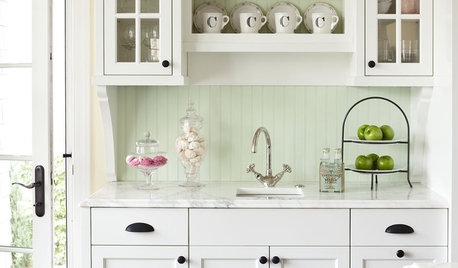
KITCHEN DESIGNHow to Mix Metal Finishes in the Kitchen
Leave matchy-matchy to the catalogs and let your kitchen's personality shine with a mix of metals for hardware and fixtures
Full Story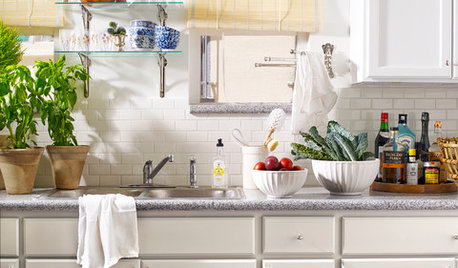
SMALL KITCHENSHouzz Call: Show Us Your 100-Square-Foot Kitchen
Upload photos of your small space and tell us how you’ve handled storage, function, layout and more
Full Story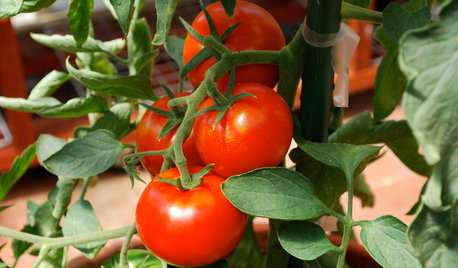
GARDENING 101How to Grow Tomatoes in Pots
Don’t have much space for a garden? All you need is a sunny spot and a large container to grow this favorite summer crop
Full Story
HOUZZ TOURSHouzz Tour: Mixing It Up in a Century-Old Edwardian
Different eras, patterns and textures mingle beautifully in a Canadian interior designer's home and 'design lab'
Full Story
GARDENING GUIDESVegetables and Flowers Mix in Beautiful Edible Gardens
Ornamentals, meet your edible garden mates. We know you'll get along just beautifully
Full Story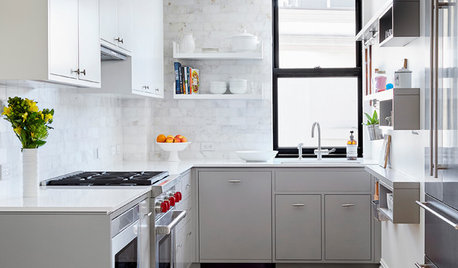
SMALL KITCHENSSpace-Saving Tips From 100-Square-Foot Kitchens
Find out how to get more usable space by going custom, hanging your cabinets higher and more
Full Story
ECLECTIC HOMESHouzz Tour: High-Low Mix in a Colorful Victorian
An unloved house is transformed into a cheerful, versatile home with a blend of design classics, budget pieces and treasured finds
Full Story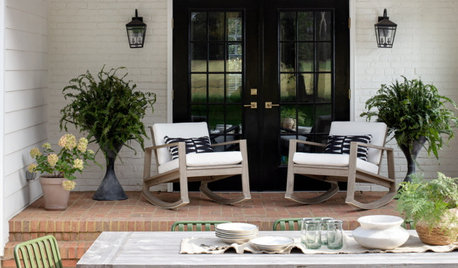
SUMMER GARDENINGHow to Water and Refresh Your Potted Plants Over the Summer
Keep container gardens looking lush by cooling them down when temperatures rise and by giving them a seasonal spruce-up
Full Story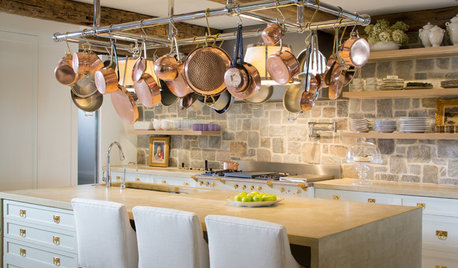
KITCHEN STORAGE10 Bright Ideas for Displaying Pots and Pans
Hang your cookware collection in full view for easy access and to enjoy its sculptural beauty
Full Story
KITCHEN DESIGNNew and Old Mix It Up in a Historic Farmhouse Kitchen
A couple rethink the kitchen in their Pennsylvania farmhouse to restore authenticity while also creating a space for modern living
Full Story






johns.coastal.patio
greenman28 NorCal 7b/8a
Related Professionals
Harrison Landscape Architects & Landscape Designers · Parole Landscape Architects & Landscape Designers · Salem Landscape Architects & Landscape Designers · Blue Springs Landscape Contractors · Ellicott City Landscape Contractors · Morrisville Landscape Contractors · National City Landscape Contractors · Thornton Landscape Contractors · Wallingford Landscape Contractors · West Haverstraw Landscape Contractors · Aliso Viejo Fence Contractors · Barrington Fence Contractors · Glenview Fence Contractors · Lake Zurich Fence Contractors · Saratoga Springs Fence ContractorsJay Part Shade (Zone 10B, S21, Los Angeles)Original Author
the_yard_guy
Jay Part Shade (Zone 10B, S21, Los Angeles)Original Author
the_yard_guy
Joe1980
johns.coastal.patio
johns.coastal.patio
greenman28 NorCal 7b/8a
johns.coastal.patio
Jay Part Shade (Zone 10B, S21, Los Angeles)Original Author
johns.coastal.patio
Jay Part Shade (Zone 10B, S21, Los Angeles)Original Author
greenman28 NorCal 7b/8a
johns.coastal.patio
greenman28 NorCal 7b/8a
JerryVentura Jordan
drew51 SE MI Z5b/6a
Joe1980
Jay Part Shade (Zone 10B, S21, Los Angeles)Original Author
JerryVentura Jordan
johns.coastal.patio
johns.coastal.patio
nil13
johns.coastal.patio
nil13
Jay Part Shade (Zone 10B, S21, Los Angeles)Original Author
johns.coastal.patio
johns.coastal.patio
Joe1980
drew51 SE MI Z5b/6a
johns.coastal.patio
greenman28 NorCal 7b/8a
greenman28 NorCal 7b/8a
Jay Part Shade (Zone 10B, S21, Los Angeles)Original Author
greenman28 NorCal 7b/8a
nil13
nil13
greenman28 NorCal 7b/8a
Jay Part Shade (Zone 10B, S21, Los Angeles)Original Author
greenman28 NorCal 7b/8a
greenman28 NorCal 7b/8a
nil13
Ernie
Jay Part Shade (Zone 10B, S21, Los Angeles)Original Author
nil13
greenman28 NorCal 7b/8a
Jay Part Shade (Zone 10B, S21, Los Angeles)Original Author
greenman28 NorCal 7b/8a